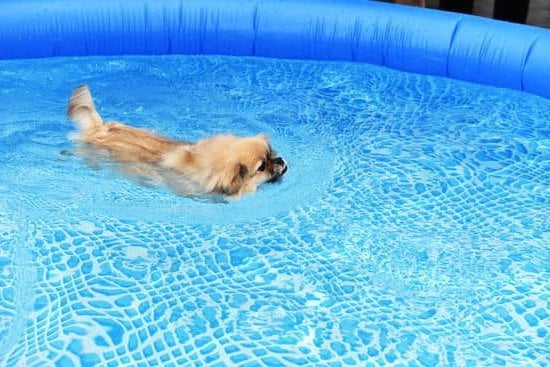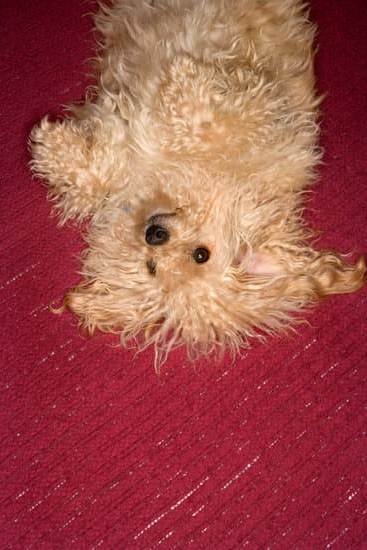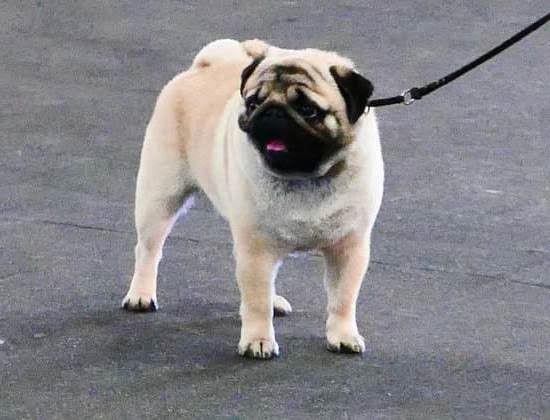How To Crate Train An Adopted Dog
So, you’ve just adopted a dog and you want to crate train him or her. Wonderful! Crate training is a great way to help your dog learn good habits and to provide him or her with a safe, comfortable place to relax and sleep.
The first step in crate training is to get your dog used to the idea of spending time in the crate. You can do this by feeding your dog his meals inside the crate. Start with putting your dog’s food dish in the crate and closing the door. As your dog becomes more comfortable with this, begin to close the door for a few minutes at a time while he eats. gradually increase the amount of time you leave the door closed.
Once your dog is comfortable eating in the crate with the door closed, start putting him in the crate for short periods of time when you’re not home. Start with just a few minutes and gradually increase the time. If your dog seems anxious or whines, you may be leaving him in the crate for too long.
Once your dog is comfortable spending short periods of time in the crate, you can begin using the crate as a place to confine him when you’re not able to watch him. This can be especially helpful when you have to leave your dog home alone or when you’re traveling.
If you’re using the crate to train your dog to behave in a specific way, such as not to chew on furniture, be sure to crate him only for short periods of time and only when you’re able to supervise him. If your dog is left in the crate for too long, he may become frustrated and begin to disobey your commands.
The key to crate training is to be patient and to take things slowly. If you go too fast, your dog may become confused or anxious. Crate training can be a great way to help your dog learn good habits and to provide him or her with a safe, comfortable place to relax and sleep.
Crate Training Older Dogs
Many people assume that crate training is only for puppies, but that’s not the case. Crate training can be a very helpful tool for older dogs, as well.
There are a number of reasons why crate training can be beneficial for older dogs. For one, it can help to prevent them from developing bad habits, such as chewing on furniture or raiding the trash can. Crate training can also help to make house training a breeze, and can provide a safe place for your dog to rest when you’re not home.
If you’re thinking about crate training your older dog, there are a few things you’ll need to keep in mind. First, you’ll need to choose the right size crate. You’ll want to make sure that your dog has plenty of room to stand up and turn around, but don’t go too big – if the crate is too large, your dog may use one end as a bathroom and the other end as a bedroom.
You’ll also need to start out slowly. Don’t expect your dog to spend hours in the crate at first – begin by putting him in for just a few minutes at a time. As he becomes more comfortable with the crate, you can gradually increase the amount of time he spends inside.
If your dog is hesitant to enter the crate, try putting a few treats inside or some of his favorite toys. Once he’s comfortable going into the crate, you can start to close the door for short periods of time.
If you follow these tips, you can help your older dog to feel comfortable and safe in his crate, and you can use it as a tool to help train him in the basics of good behavior.
Crate Train Dog
Dogs are natural pack animals and love to have a sense of order and routine in their lives. One way to provide this for your dog is to crate train him. Crate training is the process of teaching your dog to view his crate as a safe and comfortable place to be.
When crate training your dog, you should start by putting his food and water dishes in the crate, and then feeding him his meals inside the crate. Next, put your dog in the crate and close the door for a few minutes. Gradually increase the amount of time your dog spends in the crate. Once your dog is comfortable spending short periods of time in the crate, you can start using it as a place to leave your dog when you’re not able to supervise him.
The key to successful crate training is to make sure your dog views the crate as a positive place. You can do this by providing positive reinforcement when your dog behaves well in the crate. You can give your dog treats, play with him, or give him a toy to chew on. You should also avoid using the crate as a punishment.
If you’re having trouble getting your dog to go into the crate, you can try putting a favorite toy or treat inside the crate and close the door. Once your dog goes into the crate to get the toy or treat, praise him and give him a treat.
Best Way To Crate Train A Dog At Night
There is no one definitive answer to the question of how to crate train a dog at night. Some people advocate leaving a puppy in his crate all night long from the time he is first brought home; others believe that the crate should only be used for brief periods of time, such as during travel or when the dog is left home alone. The best way to crate train a dog at night may vary depending on your individual dog’s personality and temperament.
One key factor in deciding how to crate train a dog at night is the size of the crate. A crate that is too large will allow the dog to potty in one corner and sleep in another, defeating the purpose of crate training. Conversely, a crate that is too small will be uncomfortable and may cause the dog to become anxious or restless.
If you are crate training a young puppy, you will probably need to let him out to potty during the night for the first few months. Once the puppy is old enough to hold his bladder for a longer period of time, you can start leaving him in the crate for the entire night. If the puppy cries or whines in the crate, don’t let him out until he has stopped for a few minutes. This may take some time, but eventually the puppy will learn that whining does not get him what he wants.
If you are crate training an adult dog, you may be able to leave him in the crate overnight from the start. However, if the dog has never been crated before, you may need to start by leaving him in the crate for just a few hours at a time. Gradually increase the amount of time the dog spends in the crate until he is able to stay in it overnight.
The best way to crate train a dog at night is to be patient and consistent. Don’t give up if your dog has a few accidents in the crate; just keep reinforcing the rules and eventually he will learn to hold it all night long.
Training Crate For Dogs
There is a lot of debate over whether or not to crate train a dog. Some people swear by it, others think it’s cruel. The truth is, it depends on the dog and the situation.
If you decide to crate train your dog, you’ll need to provide them with a training crate. A training crate is different from a regular crate. It’s smaller and has a divider that can be adjusted to make the crate smaller as the dog gets older and bigger.
The idea behind the training crate is to create a den-like environment for the dog. Dogs are den animals and feel safe and secure in small, enclosed spaces. By providing your dog with a training crate, you’re teaching them that this is a safe place to be.
When you’re not home, you can put your dog in the crate to keep them out of trouble. If you have to leave them home alone for a long period of time, the crate will keep them safe and secure.
If you have a puppy, you can use the crate to house train them. Puppies don’t have the bladder control of adult dogs, so they need to be house trained. By putting them in the crate when you’re not home, you’re preventing them from having accidents in the house.
The key to successful crate training is to make sure the dog feels safe and secure in the crate. You don’t want the crate to be seen as a punishment. Start by putting the dog in the crate for short periods of time and gradually increase the amount of time they spend in the crate.
If you’re not sure if crate training is right for your dog, consult with your veterinarian or an animal behaviorist.

Welcome to the blog! I am a professional dog trainer and have been working with dogs for many years. In this blog, I will be discussing various topics related to dog training, including tips, tricks, and advice. I hope you find this information helpful and informative. Thanks for reading!





